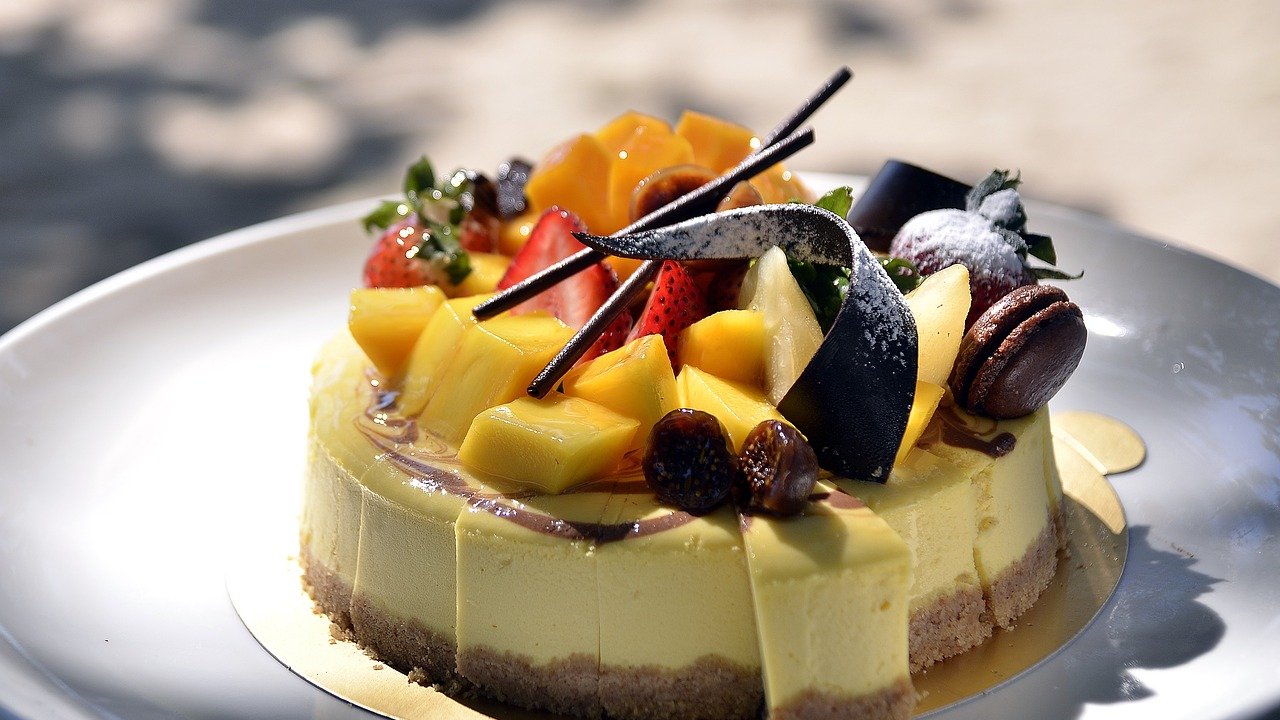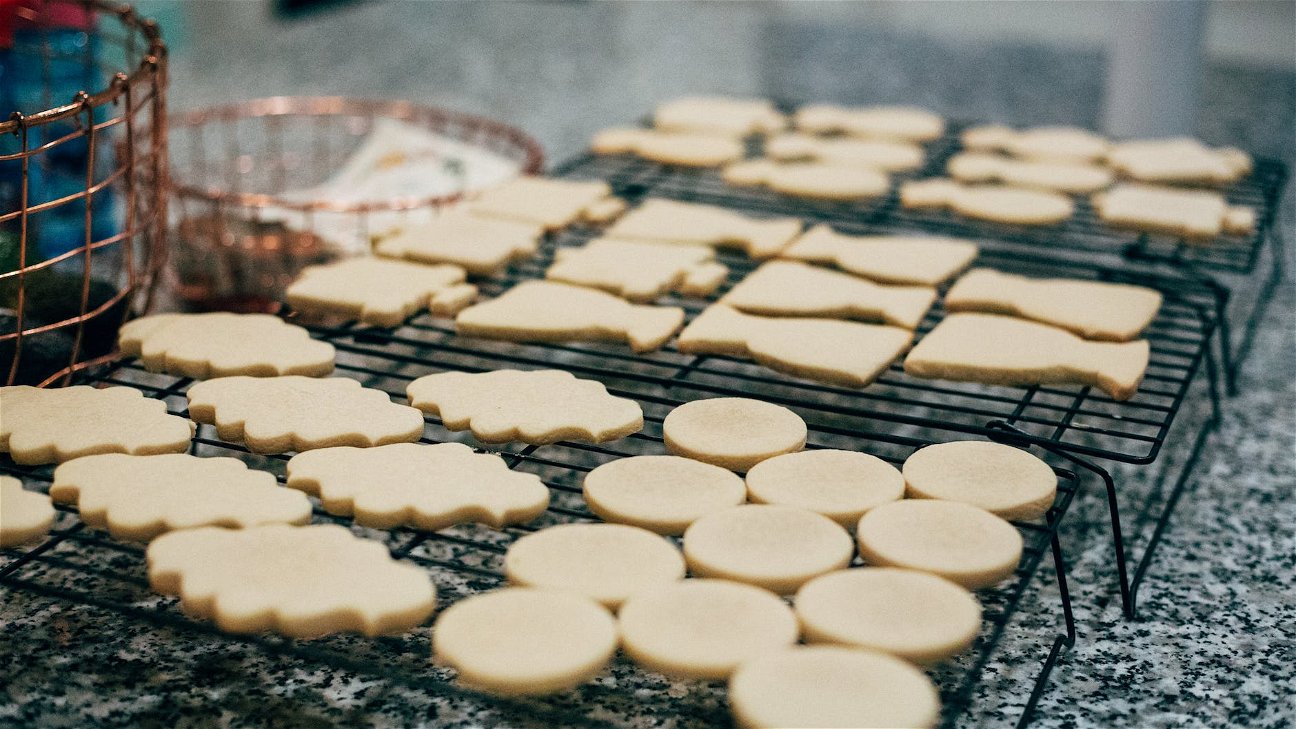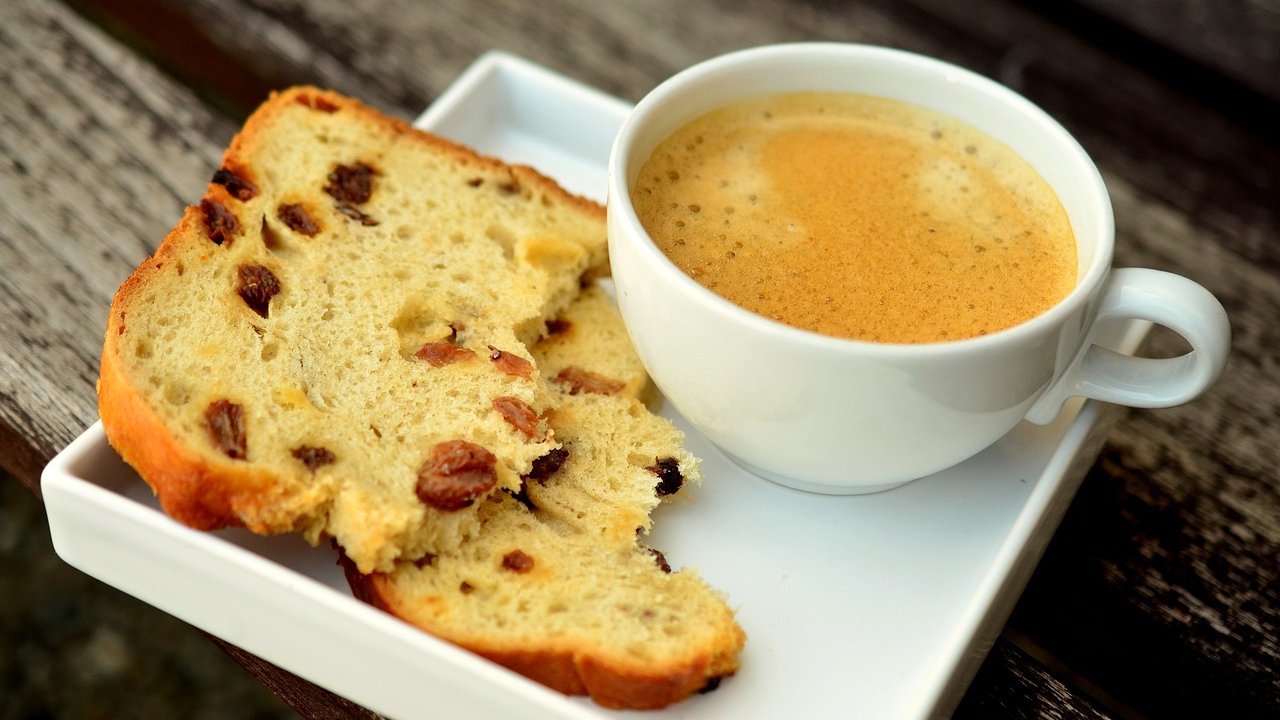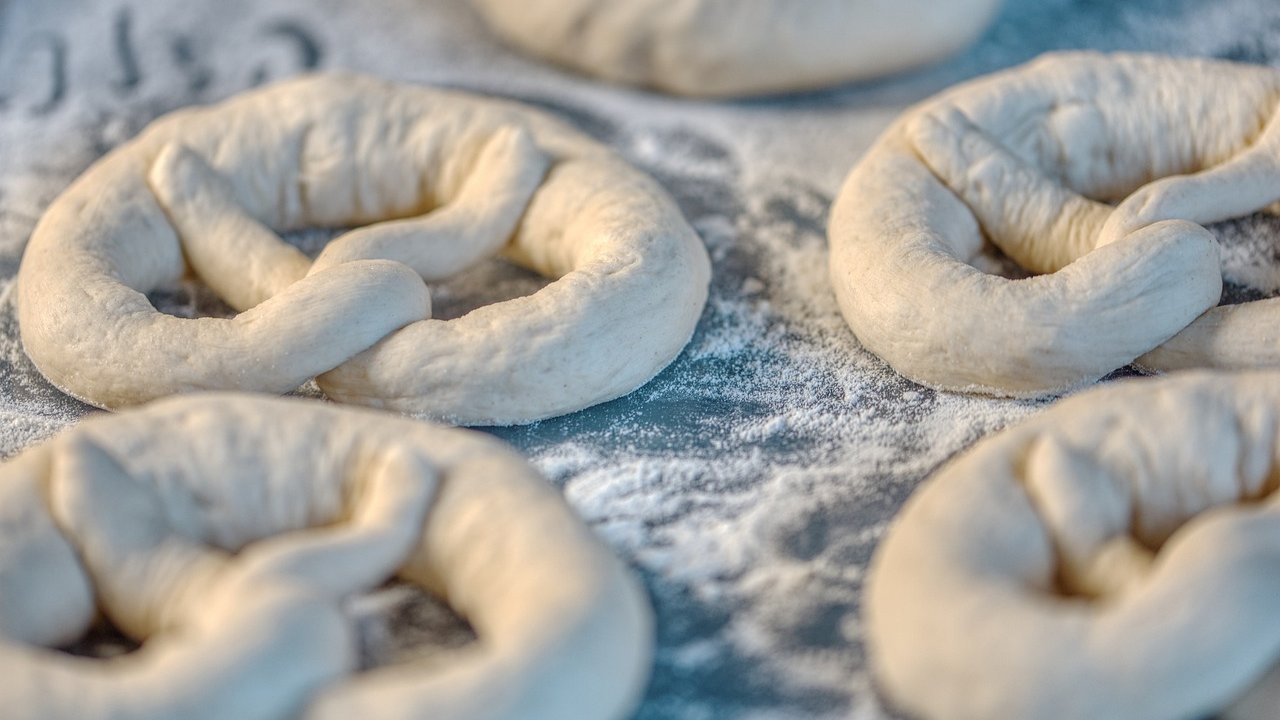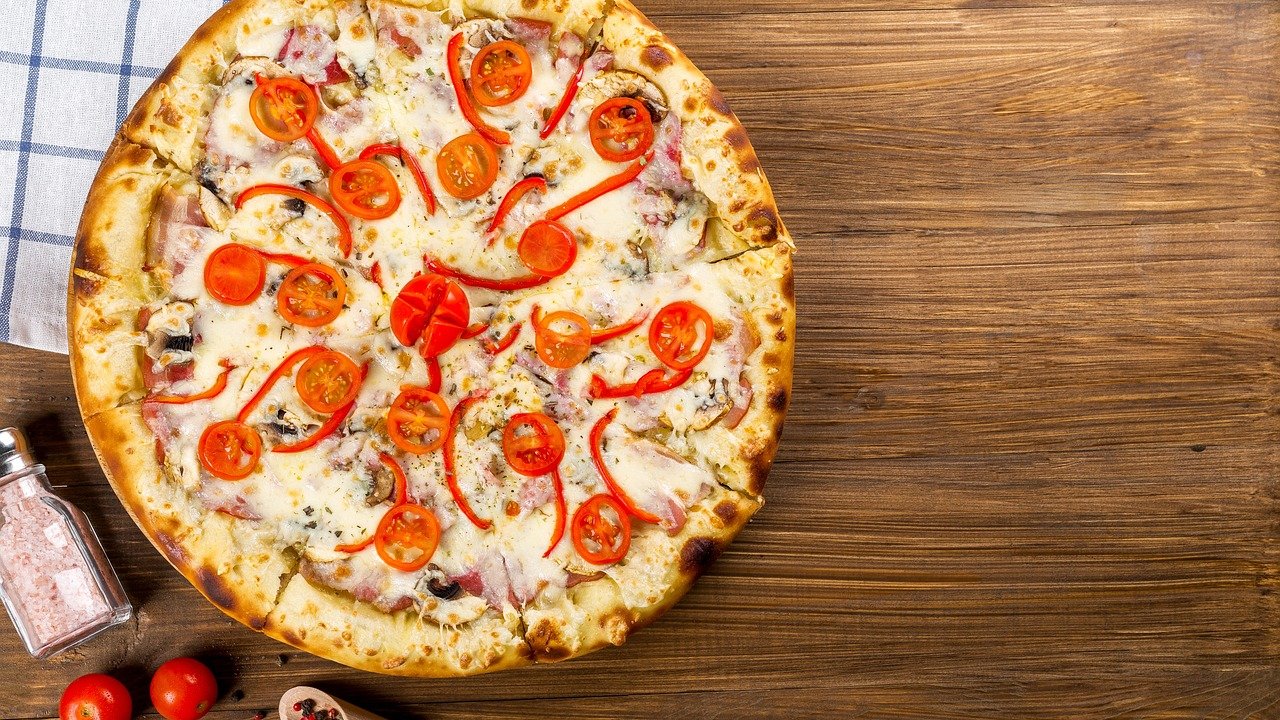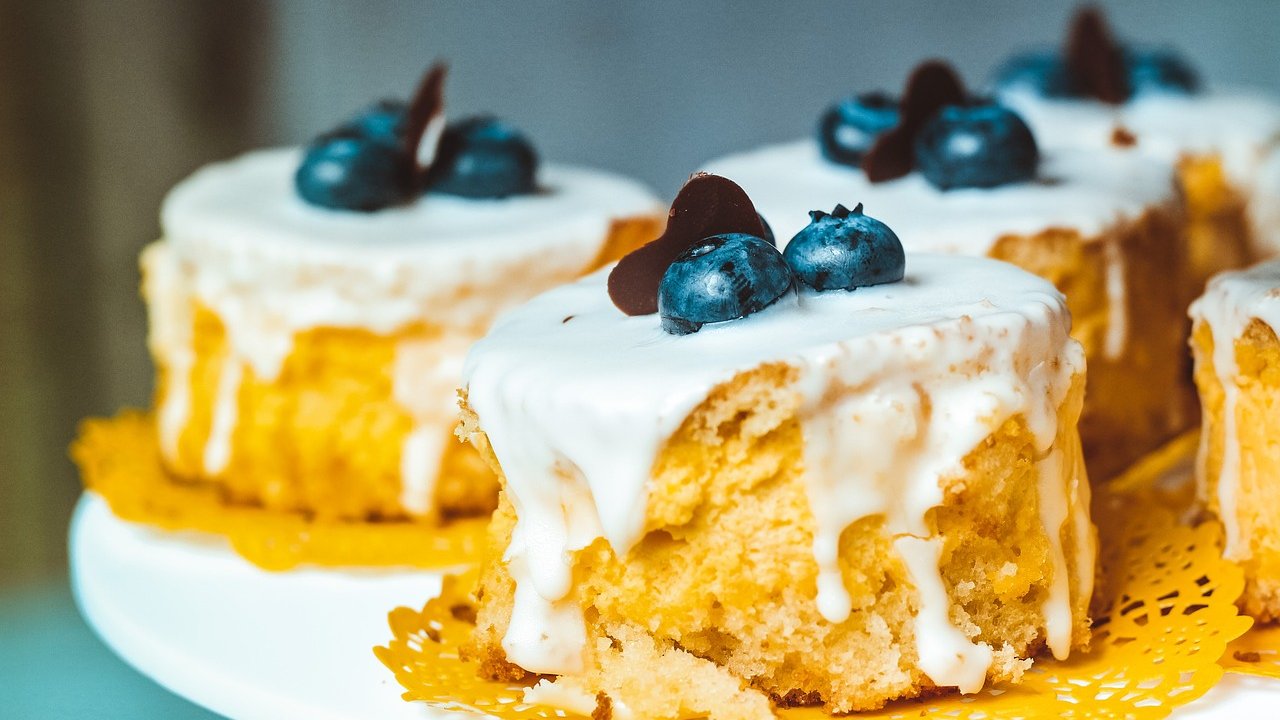
In the serene tranquility of monastic life, the Trappist monks have perfected their baking skills over centuries. The secrets of monastery baking, passed down from generation to generation, have been a source of fascination for many. In this article, we'll explore these secrets, diving into the world of Trappist baking, from traditional monastic methods to modern oven techniques.
Monastic traditions and baking
For the uninitiated, Trappist monks belong to the Order of Cistercians of the Strict Observance, a Roman Catholic contemplative order characterized by a lifestyle of solitude, manual labor, and self-sufficiency. Part of this self-sufficiency is a rich culinary tradition, including an array of baked goods and brews.
Baking has always been an integral part of monastic life. In monasteries, bread serves not only as sustenance but also as a symbol of shared community and divine provision. Beyond bread, Trappist monks are also known for making cookies, cakes, jams, and even beer!
Trappist monks and bread making
Trappist monks have a unique approach to bread making. They traditionally use simple, natural ingredients: flour, water, yeast, and sometimes a little salt. No additives, preservatives, or artificial flavorings.
One of the most famous monastic bread recipes is the 'Trappist Bread', a hearty, dense loaf that is both nutritious and satisfying. The secret to its texture and flavor lies in the slow fermentation process, allowing the dough to develop complex flavors.
Here is a simplified version of a traditional Trappist bread recipe:
Ingredients:
- 2 cups whole wheat flour
- 1 cup all-purpose flour
- 1 tablespoon active dry yeast
- 1 teaspoon salt
- 1 1/2 cups warm water
Instructions:
1. In a large bowl, combine the flours, yeast, and salt.
2. Gradually add the warm water, mixing until a dough forms.
3. Knead the dough on a floured surface for about 10 minutes, until it becomes smooth and elastic.
4. Place the dough in a greased bowl, cover, and let it rise in a warm place until it doubles in size (about 1 hour).
5. Punch down the dough and shape it into a loaf. Place it in a greased loaf pan, cover, and let it rise again until it doubles in size (about 1 hour).
6. Preheat the oven to 375°F (190°C). Bake the bread for about 35 to 40 minutes, or until the loaf sounds hollow when tapped on the bottom. Let it cool on a wire rack before slicing.
Transition from monastery to modern oven
While monastic baking traditions are still preserved, Trappist monks have also adapted to modern baking techniques. The use of modern ovens has brought about more consistent baking results and expanded the variety of baked goods. Even so, the monks still uphold their commitment to simplicity and natural ingredients.
The transition from traditional monastic baking methods to modern oven techniques is a fascinating study of how ancient practices can blend seamlessly with contemporary technology, without compromising the essence and integrity of the original process.
The link between brewing and baking
Apart from baking, Trappist monks are renowned for their brewing skills. Interestingly, brewing and baking share a close connection in monastic tradition. Both processes involve fermentation, and leftover grains from brewing can be used in bread making, thus ensuring nothing goes to waste.
This synergistic relationship between brewing and baking not only enhances the flavors of the final products but also embodies the monastic values of simplicity and sustainability.
In conclusion, the baking secrets of Trappist monks offer a unique perspective into the world of monastic culinary tradition. This tradition, though rooted in centuries-old practices, has adapted and evolved with the times, creating a fusion of ancient wisdom and modern innovation. With simple ingredients, careful craftsmanship, and a deep sense of spirituality, Trappist monks have perfected the art of baking, producing not just bread, but symbol-laden sustenance that nourishes body, mind, and soul.

